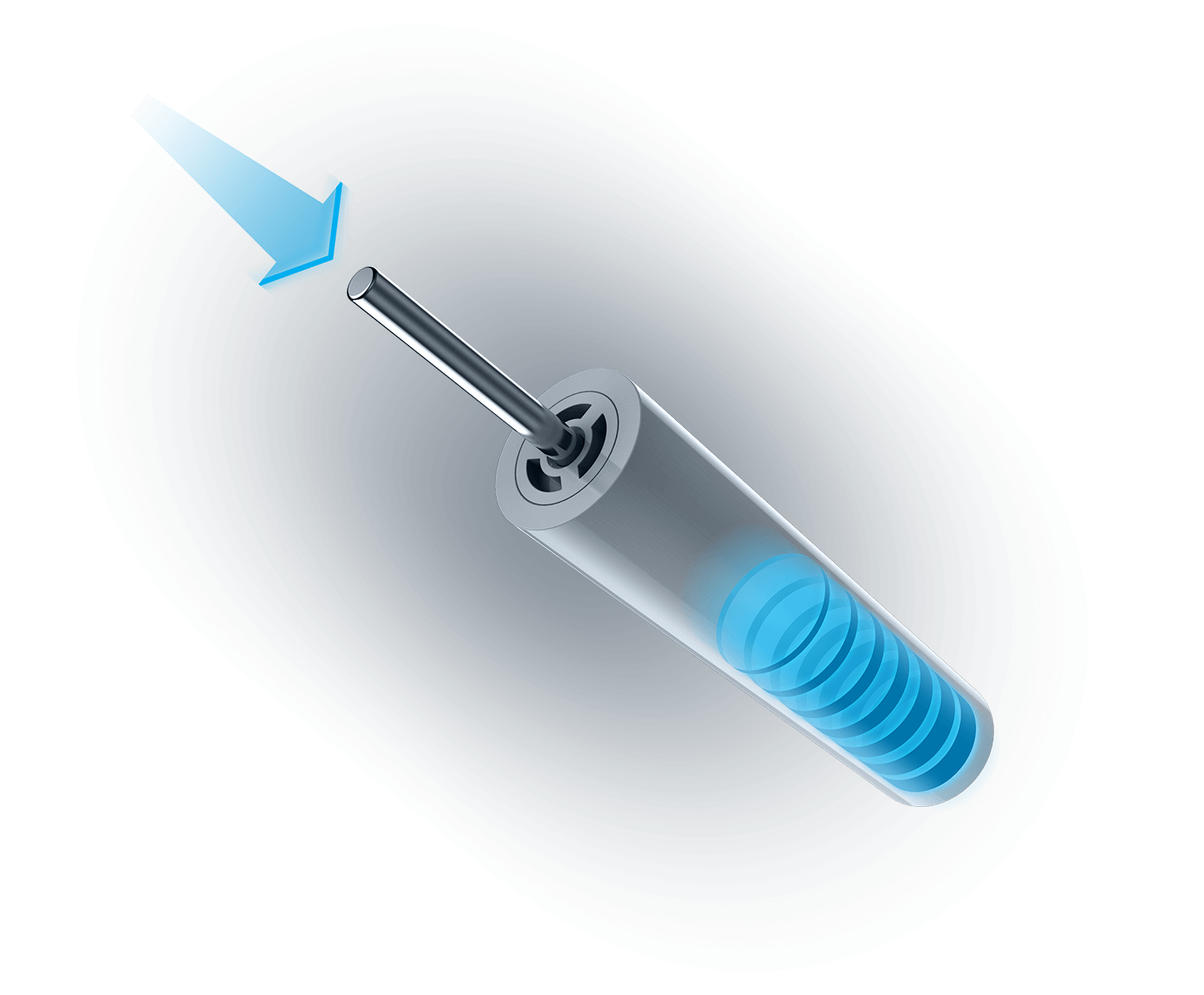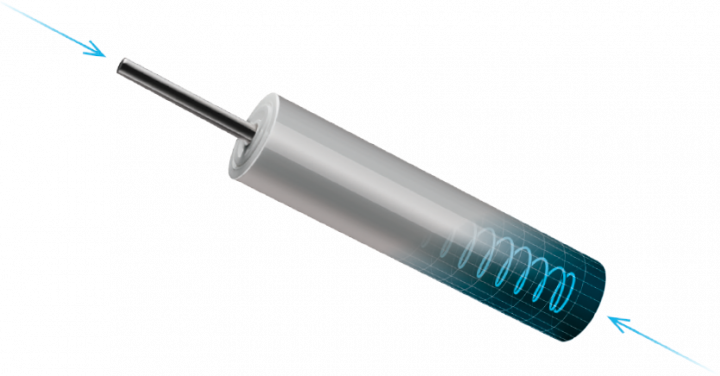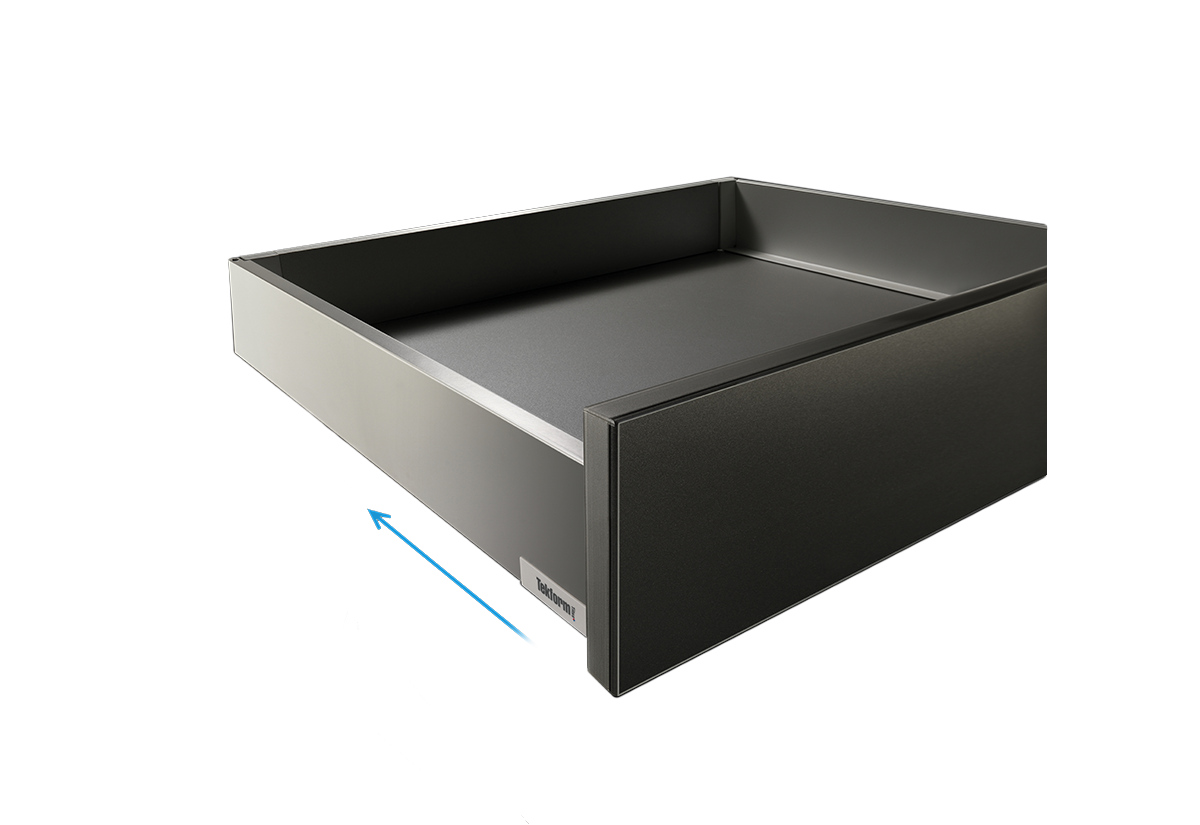Titus Damper is a multi-purpose hydraulic damping technology for a wide range of applications in furniture, consumer appliances, interior doors, bathroom equipment, and automotive. One of the main characteristics of hydraulic damping technology is a fully programmable and controllable damping curve that enables fine-tuning performance for specific applications. The extended temperature spectrum provides operational efficiency in cooler temperatures on one side and hotter on the other side of the scale.
Hydraulic Damping and Damping Solutions
Hydraulic damping solutions for effective deceleration of objects up to 1000N and a temperature range from -30°C to +150°C, maintaining consistent damping in all conditions. Its fully programmable and controllable damping curve enables to fine-tune performance to specific applications.


